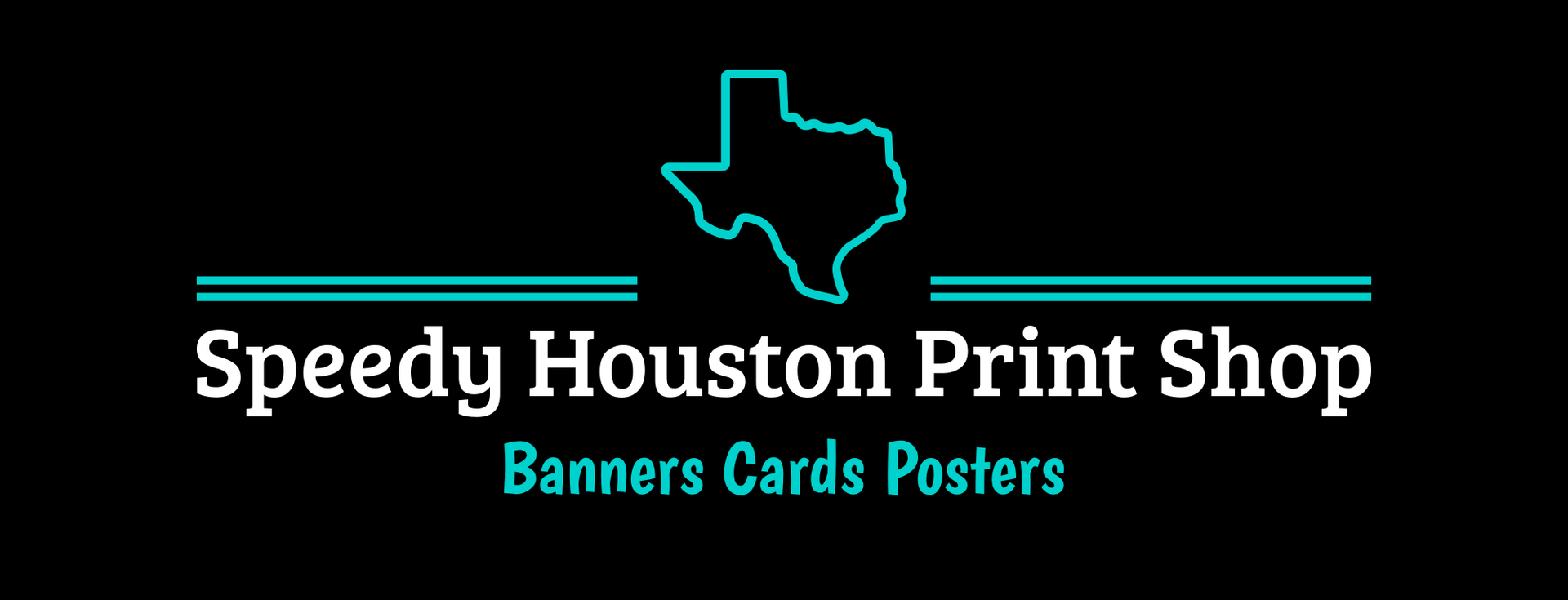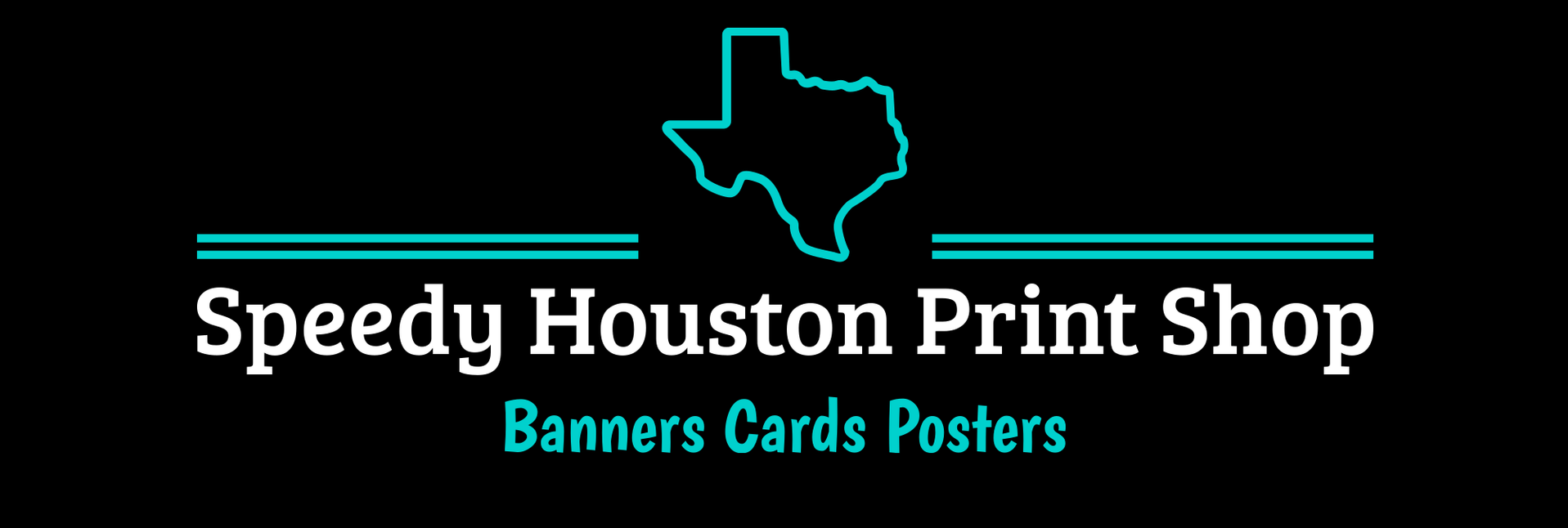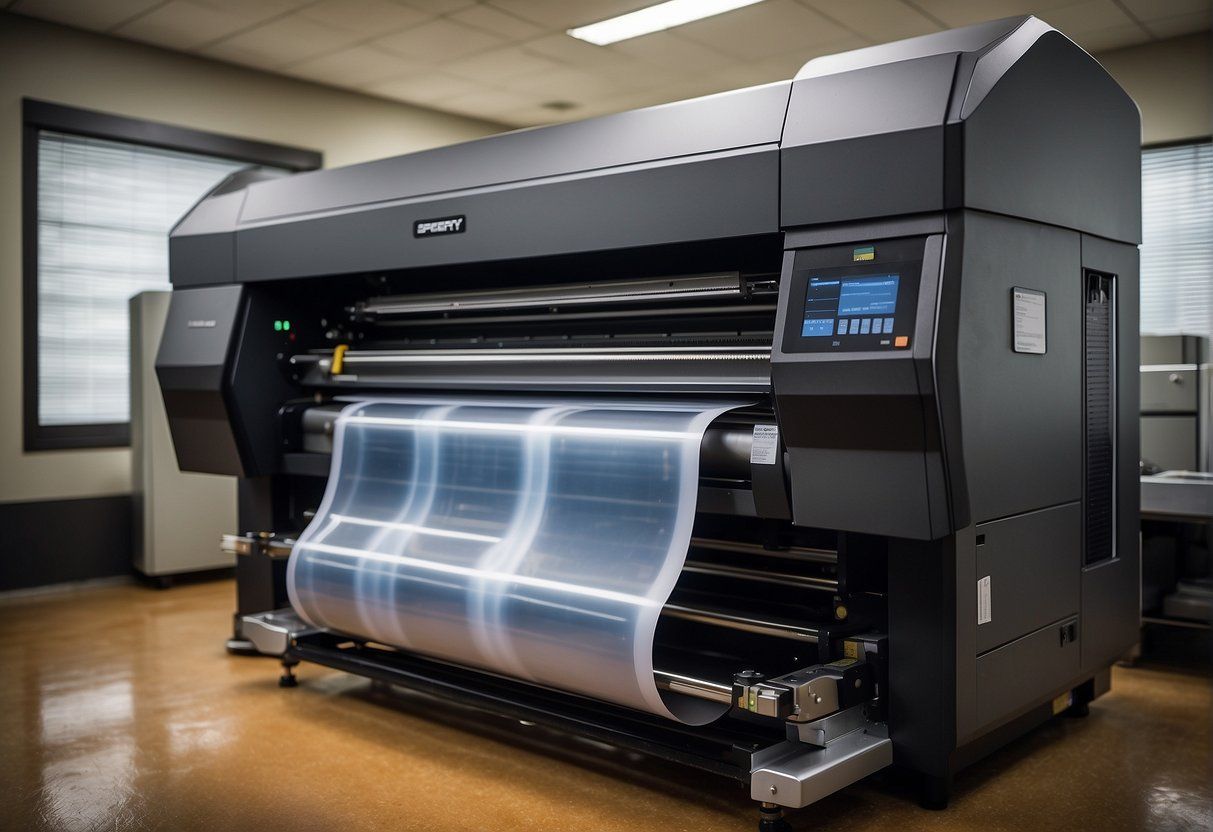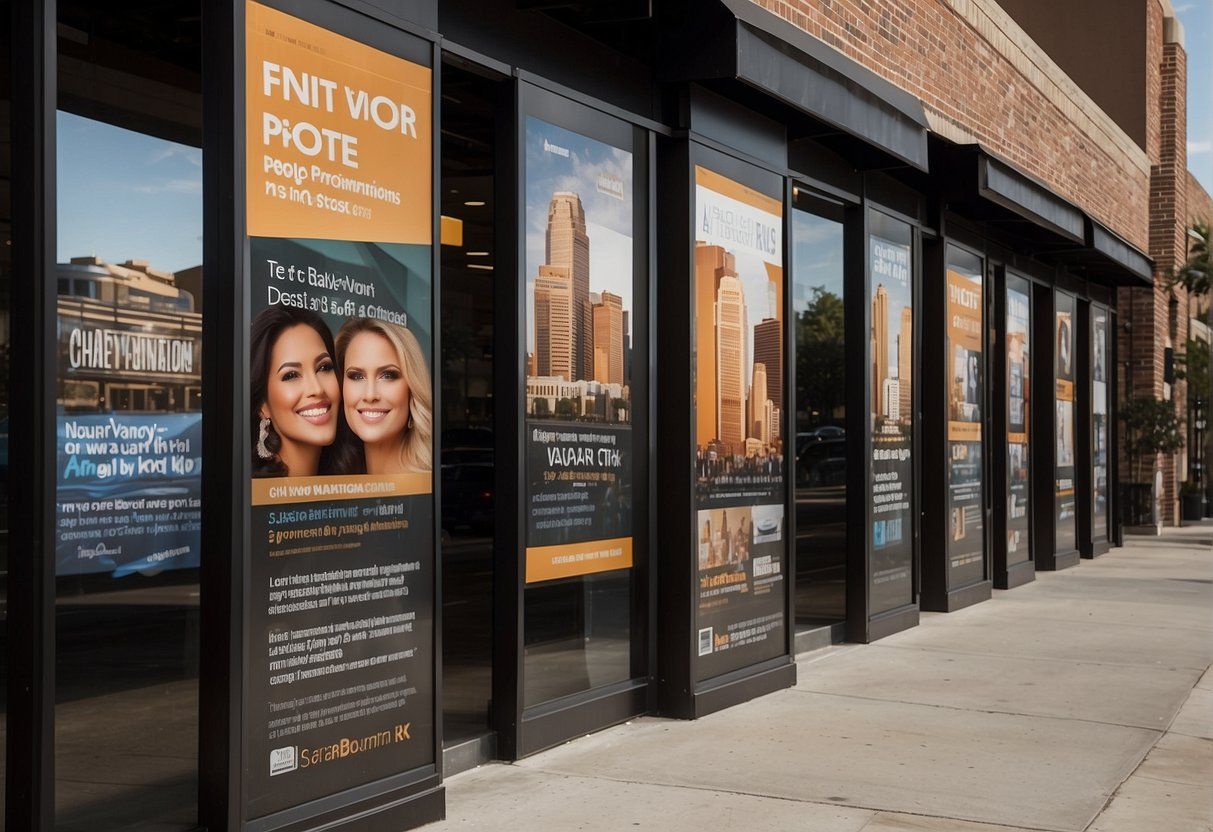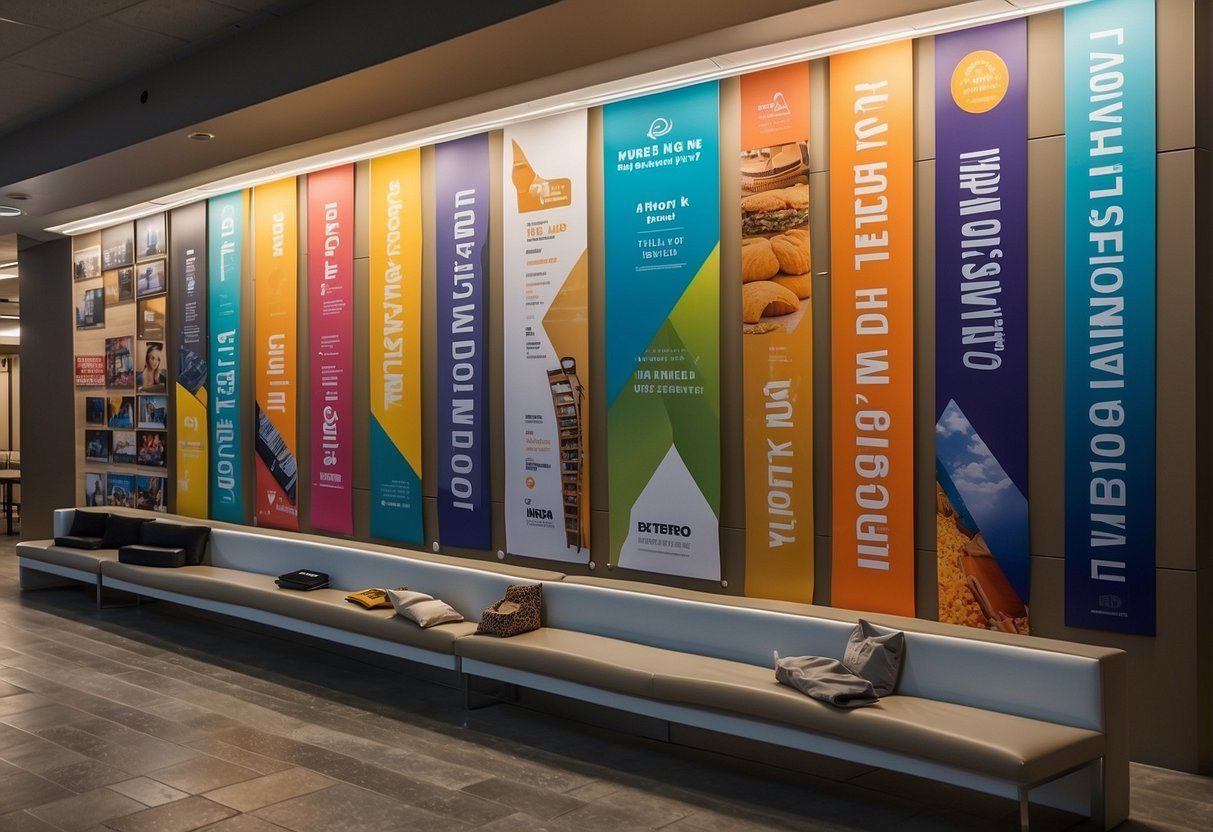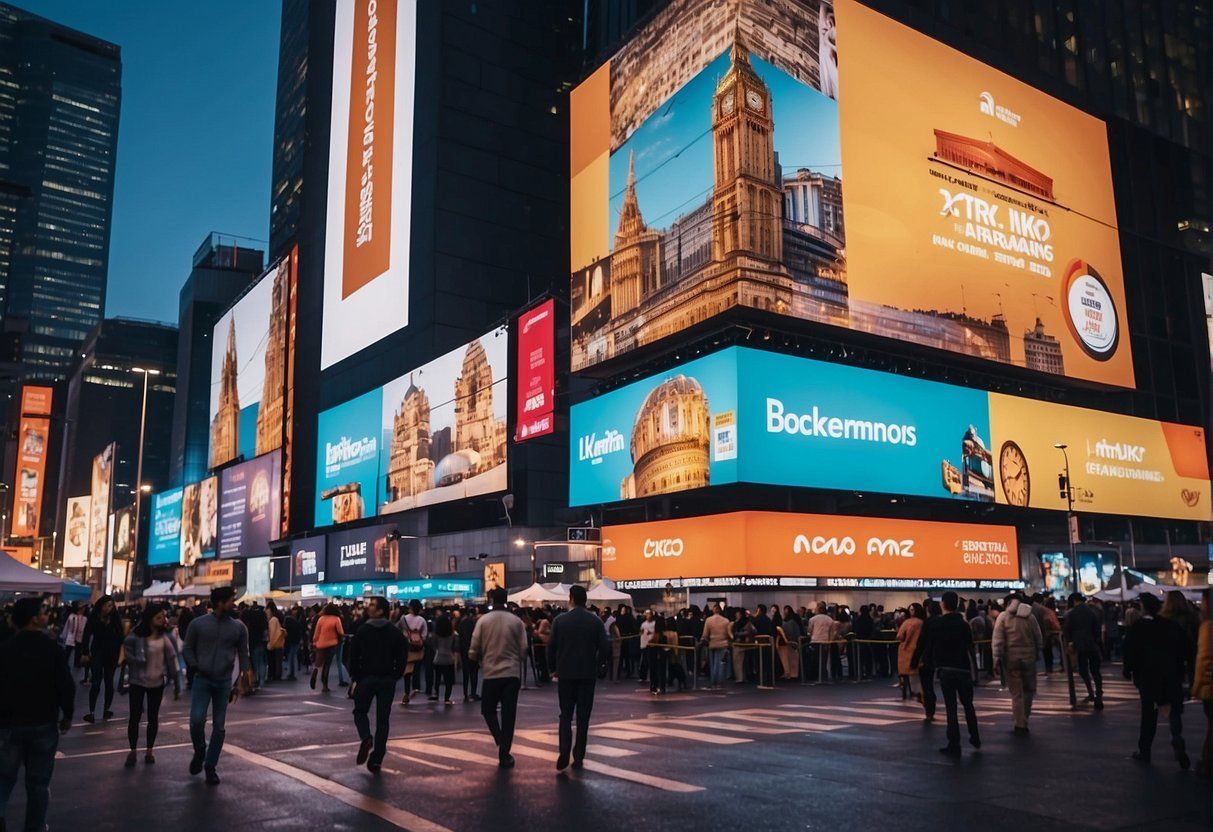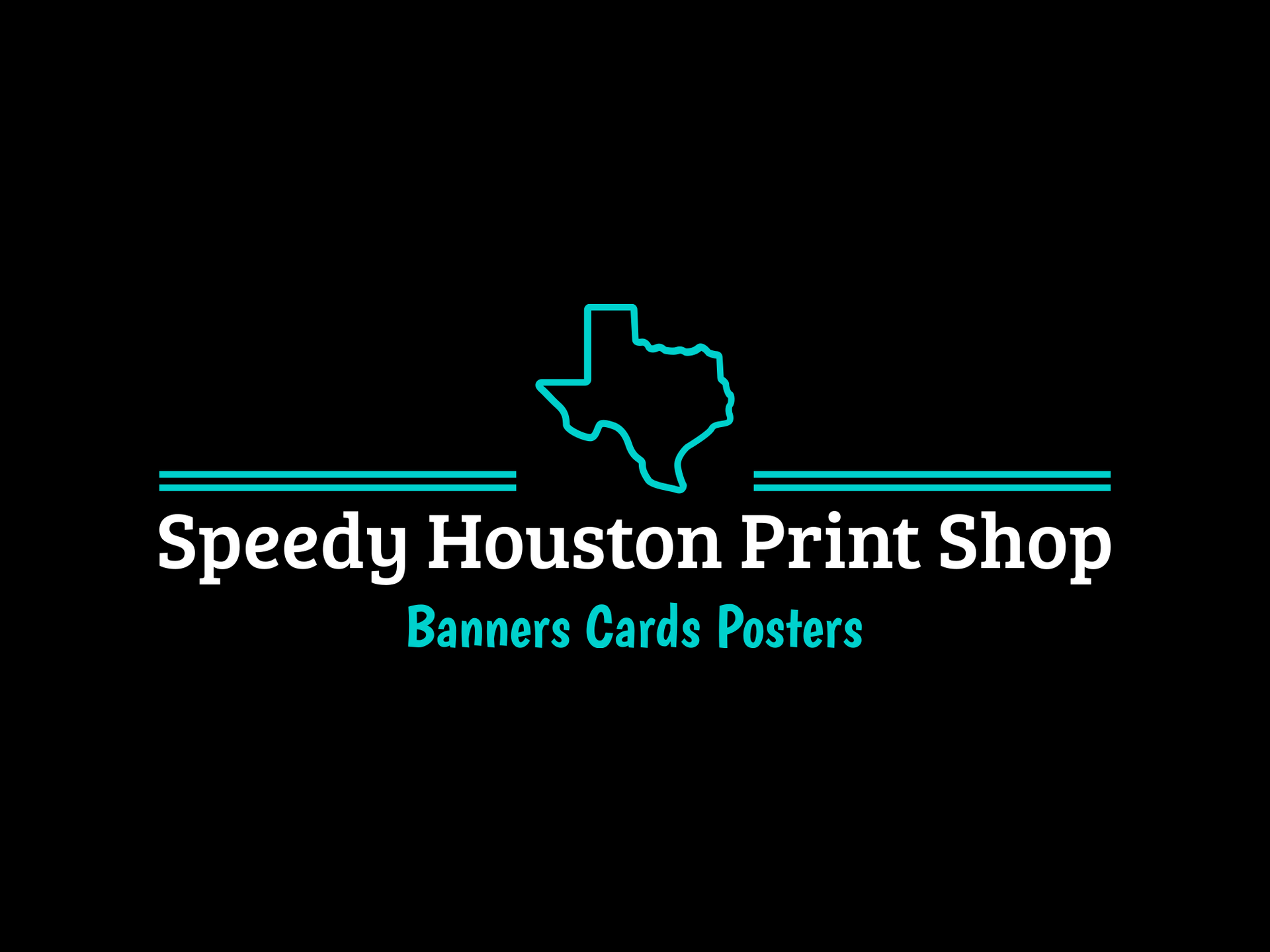Large format printing is a popular method of creating large-scale promotional materials such as banners, billboards, and posters. However, creating high-quality prints requires careful file preparation to ensure that the final product looks sharp and professional. In this article, we will explore the key considerations for file preparation when working with large format printing.
Understanding large format printing is crucial to creating successful prints. Large format printing refers to the process of printing on materials that are larger than standard printer sizes, typically ranging from 18 inches to several feet in width. Due to their size, these prints require specialized equipment and file preparation to ensure they look their best. By understanding the unique requirements of large format printing, designers can create files that will produce high-quality prints.
When preparing files for large format printing, there are several key considerations to keep in mind. These include selecting the appropriate file format and extension, optimizing image resolution and quality, managing colors for print, and designing with the final product in mind. By following these best practices, designers can ensure that their files are optimized for large format printing and will produce high-quality prints.
Key Takeaways
- Understanding the unique requirements of large format printing is crucial to creating successful prints.
- Key considerations for file preparation include selecting appropriate file formats, optimizing image resolution and quality, managing colors for print, and designing with the final product in mind.
- By following best practices for file preparation, designers can ensure that their files are optimized for large format printing and will produce high-quality prints.
Understanding Large Format Printing
Defining Large Format Printing
Large format printing refers to the process of printing large-scale graphics, typically used for advertising, posters, banners, and signage. The printing process uses specialized printers capable of printing on large rolls of paper or other materials, producing high-quality prints with vivid colors and sharp details. Large format printing is an effective way of communicating a message to a large audience, as it can be seen from a distance and stands out in a crowd.
Applications in Industry
Large format printing has a wide range of applications in various industries. In the advertising industry, large format printing is used to create eye-catching billboards, posters, and banners that attract the attention of potential customers. In the retail industry, large format printing is used to create point of sale displays, window graphics, and in-store signage that promotes products and services. In the event industry, large format printing is used to create backdrops, stage graphics, and event signage that adds to the overall atmosphere of an event.
Large format printing requires careful planning and preparation to ensure that the final product is of high quality. It is important to choose the right file format and resolution for the intended application, as well as the appropriate materials and printing techniques. Understanding the requirements of large format printing is essential to creating successful designs that effectively communicate a message to the target audience.
File Formats and Extensions
When it comes to preparing files for large format printing, selecting the right file format is crucial. The file format should be compatible with the printing device and should retain high-quality images for the final output. In this section, we will discuss the preferred file formats for large format printing and the differences between vector and raster images.
Preferred File Formats for Large Format Printing
PDF (Portable Document Format) is the most preferred file format for large format printing. It is a universal file format that can be opened by any device and retains high-quality images. PDF files are also smaller in size compared to other file formats, making it easier to transfer and store.
EPS (Encapsulated PostScript) and AI (Adobe Illustrator) are also popular file formats used for large format printing. EPS files are vector-based and can be resized without losing quality. AI files are created in Adobe Illustrator and are also vector-based, making them ideal for large format printing.
TIF (Tagged Image File Format) is another file format that is widely used for large format printing. TIF files are high-quality and retain details even when enlarged. However, TIF files are larger in size compared to other file formats, making them difficult to transfer and store.
Vector vs. Raster
Vector and raster images are the two main types of images used for large format printing. Vector images are created using mathematical equations and can be resized without losing quality. Vector images are ideal for logos, icons, and other graphics that require sharp lines and curves.
Raster images, on the other hand, are made up of pixels and are resolution-dependent. When enlarged, raster images can become pixelated and lose quality. Raster images are ideal for photographs and images that require high levels of detail.
JPEG (Joint Photographic Experts Group), TIFF (Tagged Image File Format), SVG (Scalable Vector Graphics), and PNG (Portable Network Graphics) are other file formats that are used for large format printing. However, it is important to note that not all file formats are compatible with all printing devices, and it is best to consult with the printing company to determine the best file format for your project.
Image Resolution and Quality
Large format printing requires images with high resolution and quality to ensure the final output looks sharp and clear. In this section, we will discuss how to prepare your images for large format printing by understanding DPI and PPI and ensuring clarity and sharpness.
Understanding DPI and PPI
DPI (dots per inch) and PPI (pixels per inch) are terms used to measure the resolution of an image. DPI refers to the number of dots of ink that a printer can produce per inch on a printed page, while PPI refers to the number of pixels per inch in a digital image.
When preparing images for large format printing, it is essential to have a high DPI and PPI to ensure that the final output looks sharp and clear. A resolution of 300 DPI is the standard for most commercial printing, while a resolution of 150 PPI is the minimum requirement for large format printing.
Ensuring Clarity and Sharpness
To ensure clarity and sharpness in your large format prints, it is essential to use high-quality images with a high resolution. Low-resolution images will look blurry and pixelated when printed in large formats.
To ensure the best quality, use images that are at least 300 DPI or 150 PPI at the final print size. It is also important to use the correct file format for your images. PDF is a safe file format for large format printing, as any device can open such files virtually.
In conclusion, understanding DPI and PPI and ensuring clarity and sharpness are crucial when preparing images for large format printing. By using high-quality images with a high resolution and the correct file format, you can ensure that your large format prints look sharp and clear.
Color Management for Print
Color management is a crucial aspect of large format printing. It ensures that the colors printed on the final product match the colors on the original design. This section will cover some important aspects of color management.
Color Modes: CMYK vs. RGB
Color modes refer to the way colors are represented in digital files. CMYK stands for Cyan, Magenta, Yellow, and Key (Black) and is the standard color mode for printing. RGB stands for Red, Green, and Blue and is the standard color mode for digital screens.
When preparing files for large format printing, it is important to use the CMYK color mode. This is because printers use ink to create colors, and CMYK is the color mode that best represents the ink colors used in printing. RGB colors can be converted to CMYK, but this can result in a loss of color accuracy.
Pantone and Color Consistency
Pantone is a company that creates standardized color swatches for printing. Using Pantone colors ensures color consistency across different printing devices and materials. Pantone colors are often used for branding and corporate identity purposes.
Color consistency is important in large format printing because it ensures that the colors on the final product match the colors on the original design. This is achieved through color management and the use of color profiles. Color profiles are files that describe the color characteristics of a device, such as a printer or a monitor. They ensure that colors are accurately represented across different devices.
In conclusion, color management is an important aspect of large format printing. Using the correct color mode and Pantone colors, as well as ensuring color consistency through color management and color profiles, can result in high-quality, accurate prints.
Design Considerations
Design considerations are essential when preparing files for large format printing. The right design can make your prints look professional and eye-catching. Here are some factors to consider when designing for large format printing.
Choosing the Right Fonts
When designing for large format printing, it is important to choose the right fonts. Avoid using fonts that are too small or too intricate, as they may not be readable at a distance. Instead, opt for simple, bold fonts that are easy to read. Serif fonts are a good choice for body text, while sans-serif fonts work well for headlines and titles.
Incorporating Logos and Branding
Logos and branding are essential elements of any design. When designing for large format printing, it is important to incorporate your logo and branding into the design. Use high-resolution vector art or vector images of your logo to ensure that it looks crisp and clear. Make sure that your logo is prominently displayed and that your branding message is clear and easy to read.
When designing for large format printing, it is also important to consider factors such as contrast and brightness. Use high-contrast colors to make your design stand out, and adjust the brightness to ensure that the colors are vibrant and eye-catching.
Finally, when preparing your design files, make sure that they are in a format that is compatible with your graphic design program. Use a schematic or message to communicate your design intentions clearly, and ensure that your files are saved in a high-resolution format to guarantee the best quality output.
Preparing Your Files for Printing
When it comes to large format printing, it’s important to ensure that your files are properly prepared to achieve the best possible results. This section will cover some important aspects that should be considered when preparing files for large format printing.
Setting Up Document Size and Margins
One of the most important things to consider when preparing files for large format printing is the document size and margins. It’s important to ensure that your document size is set up correctly to match the final size of your printed piece. This will help to ensure that your design is not distorted or pixelated when it’s printed.
Additionally, it’s important to include margins in your design to ensure that important elements of your design are not cut off during the printing process. The recommended margin size for large format printing is typically around 1 inch.
Scaling and Viewing Distance
Another important aspect to consider when preparing files for large format printing is scaling and viewing distance. When designing for large format printing, it’s important to consider the viewing distance of your design. For example, if your design is going to be viewed from a distance of 10 feet or more, you may need to scale your design up to ensure that it’s still readable from that distance.
It’s also important to consider the scalability of your design. If you’re designing a banner or other large format piece that may need to be scaled up or down, it’s important to ensure that your design is scalable without losing quality.
In conclusion, when preparing files for large format printing, it’s important to consider the document size, margins, scaling, and viewing distance. By taking these factors into consideration, you can ensure that your design will look great when it’s printed.
Optimization Techniques
When it comes to file preparation for large format printing, optimizing images is an essential step. There are several techniques that can be used to optimize images for large format printing, including image compression without quality loss and vectorization for scalability.
Image Compression Without Quality Loss
Image compression is a technique used to reduce the size of an image file without compromising its quality. This is important for large format printing as larger files can take longer to print and can be more difficult to work with. One way to compress images without losing quality is to use a lossless compression algorithm. This type of compression algorithm reduces file size by removing redundant data without affecting the quality of the image.
Vectorization for Scalability
Vectorization is the process of converting raster graphics, such as JPEG or PNG files, into vector graphics. Vector graphics are resolution-independent, meaning that they can be scaled up or down without losing quality. This is important for large format printing, as images need to be scaled up significantly to fit on large prints.
Vectorization can be done manually using a vector graphics editor, or automatically using software. When vectorizing images, it is important to ensure that the resulting vector files are clean and accurate. This can be achieved by manually cleaning up the vector files or using software to automatically clean them up.
In summary, optimizing images for large format printing is an important step in file preparation. Techniques such as image compression without quality loss and vectorization for scalability can help ensure that images are printed at the highest quality possible.
Final Steps Before Printing
Before printing, it is essential to review and proof the design to ensure that it meets the desired standards. This section covers the final steps to take before printing, including proofing and review, and adding bleed and safe zones.
Proofing and Review
Proofing and review are essential steps in the file preparation process. It involves reviewing the design, checking for any errors, and ensuring that it meets the desired standards. This step is crucial for ensuring that the final print is of high quality and meets the client’s expectations.
To ensure that the design is ready for printing, it is essential to review the file for any spelling errors, incorrect colors, or other issues that may affect the quality of the final print. It is also important to check for readability, ensuring that the text is clear and easy to read.
Adding Bleed and Safe Zones
Adding bleed and safe zones is another crucial step in preparing files for large format printing. Bleed refers to the extra space added to the design to ensure that the image extends beyond the trim line. Safe zones, on the other hand, refer to the area within the design that is free from any critical elements, such as text or logos.
Adding bleed and safe zones ensures that the final print is of high quality and meets industry standards. Bleed is essential for ensuring that there is no white space around the image, while safe zones ensure that the critical elements of the design are not cut off during the trimming process.
In conclusion, the final steps before printing involve proofing and review, as well as adding bleed and safe zones to the design. These steps are crucial for ensuring that the final print is of high quality and meets the desired standards. By following these steps, designers can ensure that their prints come out crisp, vibrant, and professional-looking.
Working with Printing Companies
When it comes to large format printing, it’s important to work with a reputable printing company that has experience in this area. A good printing company will be able to guide you through the process and ensure that your files are properly prepared for printing.
Sending Files to Print
Once you have your files ready for printing, you’ll need to send them to the printing company. It’s important to follow their specific file submission guidelines, which may include file type, resolution, color mode, and bleed requirements. Some printing companies may have their own file transfer system, while others may prefer files to be sent via email or file sharing services.
To ensure that your files are properly prepared for printing, it’s a good idea to ask the printing company for a proof or sample of the final product before printing in bulk. This will give you an opportunity to make any necessary adjustments before the final product is produced.
Location and Installation Considerations
When preparing files for large format printing, it’s important to consider the location and installation of the final product. For example, if the product will be installed outdoors, it will need to be weather-resistant and durable. If the product will be installed in a high-traffic area, it will need to be able to withstand wear and tear.
It’s also important to consider the size and weight of the final product, as well as any installation requirements. Some printing companies may offer installation services, while others may require you to handle the installation yourself. In either case, it’s important to ensure that the final product is installed properly and safely.
Overall, working with a printing company that has experience in large format printing can help ensure that your files are properly prepared and that the final product meets your expectations. By following their specific guidelines and considering location and installation requirements, you can create a high-quality, professional-looking product that will make a lasting impression.
Advanced Techniques and Tools
Utilizing Adobe Illustrator and Photoshop
When it comes to file preparation for large format printing, Adobe Illustrator and Photoshop are two of the most popular tools used by professionals. Adobe Illustrator is a vector graphics editor that allows users to create and edit vector artwork, while Photoshop is a photo editing software that is great for editing raster images.
One of the benefits of using these tools is that they allow for precise control over the design elements. They also enable users to create high-resolution images that are suitable for large format printing. Additionally, they offer a range of tools and features that make it easier to create complex designs.
Creating Outlines and Vector Artwork
Creating outlines and vector artwork is another advanced technique that can be used to prepare files for large format printing. Outlines are a way of converting text into vector shapes, which can then be scaled up or down without losing quality. Vector artwork, on the other hand, is made up of mathematical equations that describe the shapes and lines in a design.
Using vector artwork and outlines can help to ensure that the final print is sharp and clear, even when it is enlarged. They also make it easier to work with complex designs, as they can be easily edited and manipulated.
In addition to Adobe Illustrator, other software programs like InDesign and PowerPoint can also be used to create vector artwork and outlines. However, it is important to note that not all software programs are created equal, and some may not offer the same level of precision and control as Adobe Illustrator and Photoshop.
Overall, utilizing advanced techniques and tools like Adobe Illustrator and Photoshop, as well as creating outlines and vector artwork, can help to ensure that files are properly prepared for large format printing. By taking the time to properly prepare files, designers can ensure that their final prints are of the highest quality and meet the expectations of their clients.
Frequently Asked Questions
What resolution should images have for high-quality large format printing?
The recommended resolution for images used in large format printing is 300 DPI (dots per inch) at the size the image will be printed. This ensures that the image will be sharp and clear when printed at a large size. However, if the viewing distance will be greater than 10 feet, a lower DPI may be acceptable.
Which file formats are recommended when preparing files for large scale printing?
PDF tends to be a safe file format for large scale printing as any device can open such files virtually. Other acceptable file formats include EPS, TIFF, and JPEG. It is important to ensure that the file is saved with high resolution and that all fonts are embedded or outlined.
What are the best practices for color management in large format prints?
It is important to use a color profile that is appropriate for the printer and substrate being used. This ensures that the colors will be accurate and consistent across all prints. It is also important to calibrate the monitor and printer regularly to ensure that the colors are accurate.
How should I set up my document in Photoshop for large format printing?
When setting up a document in Photoshop for large format printing, it is important to set the resolution to at least 300 DPI and the color mode to CMYK. It is also important to set the canvas size to the final size of the print, including bleed if necessary.
What are the common pitfalls to avoid when designing for large format printing?
Common pitfalls to avoid when designing for large format printing include using low-resolution images, not allowing for bleed, and not checking the color profile of the image. It is important to ensure that all images are high resolution, that the document includes bleed, and that the color profile is appropriate for the printer and substrate being used.
How can I ensure my photo is properly scaled for a large print?
To ensure that a photo is properly scaled for a large print, it is important to use a high-resolution image and to scale it to the final size of the print in the design software. It is also important to check the DPI of the image to ensure that it is at least 300 DPI at the size it will be printed.…
